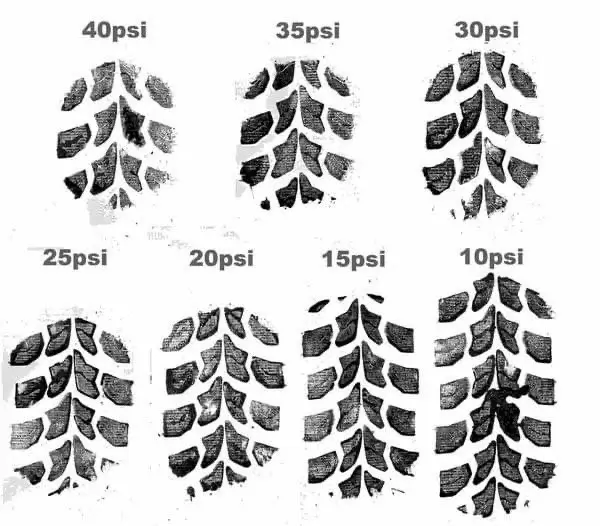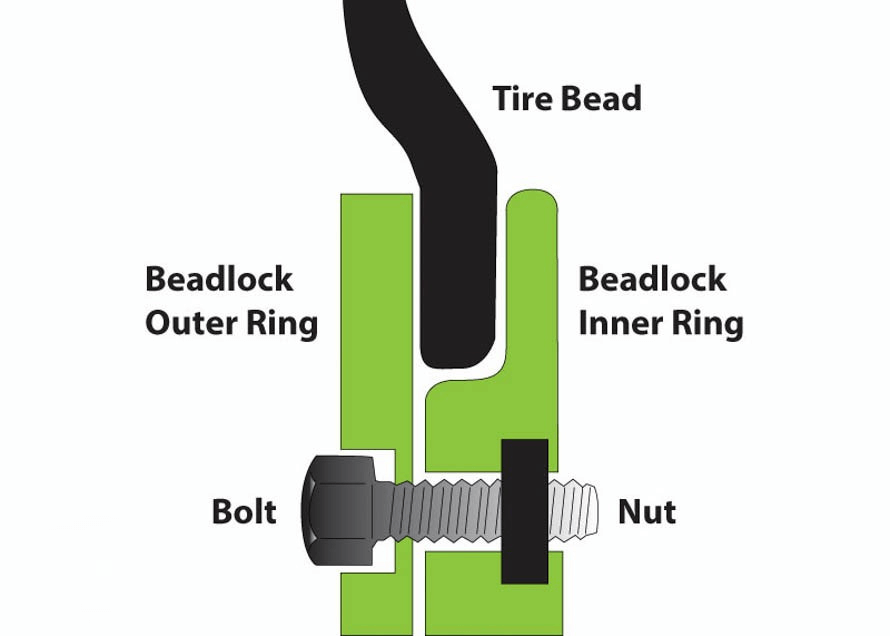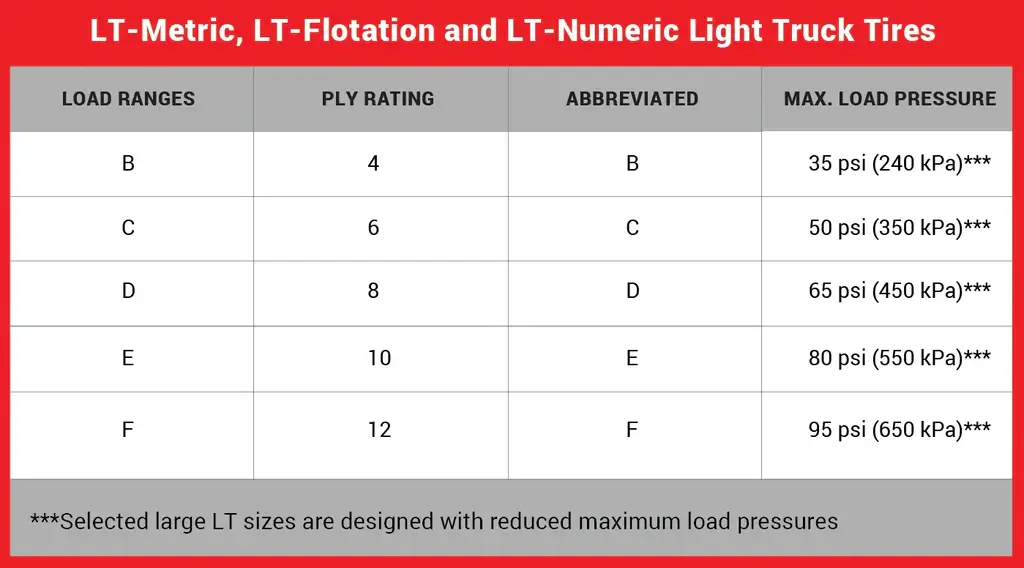Module 3 – Tire Science & Pressure Optimization
Your tires are your only contact with the terrain, and mastering their use is critical.
Lowering tire pressure increases the contact patch, improving traction in loose surfaces. For example, dropping from 35 PSI to 12 PSI can increase the footprint by 25–30%, allowing the tire to “wrap” around rocks for better grip.

But this also reduces bead retention, which is where beadlock wheels become invaluable in extreme terrain.
When running beadlocks, follow manufacturer torque specs — usually in the 12–18 ft-lb range — to avoid warping the bead ring. Over-torquing can cause uneven sealing and potential failure.

Sidewall construction also matters. Load Range C tires flex more than Load Range E, which can be beneficial off-road but less durable under heavy loads. Understanding ply construction and rubber compound is important for selecting a tire that matches your terrain.
An often-overlooked factor is heat buildup from long-distance aired-down driving. As flex generates heat, tires can delaminate or lose structural integrity. Reinflate before highway speeds to avoid blowouts.


